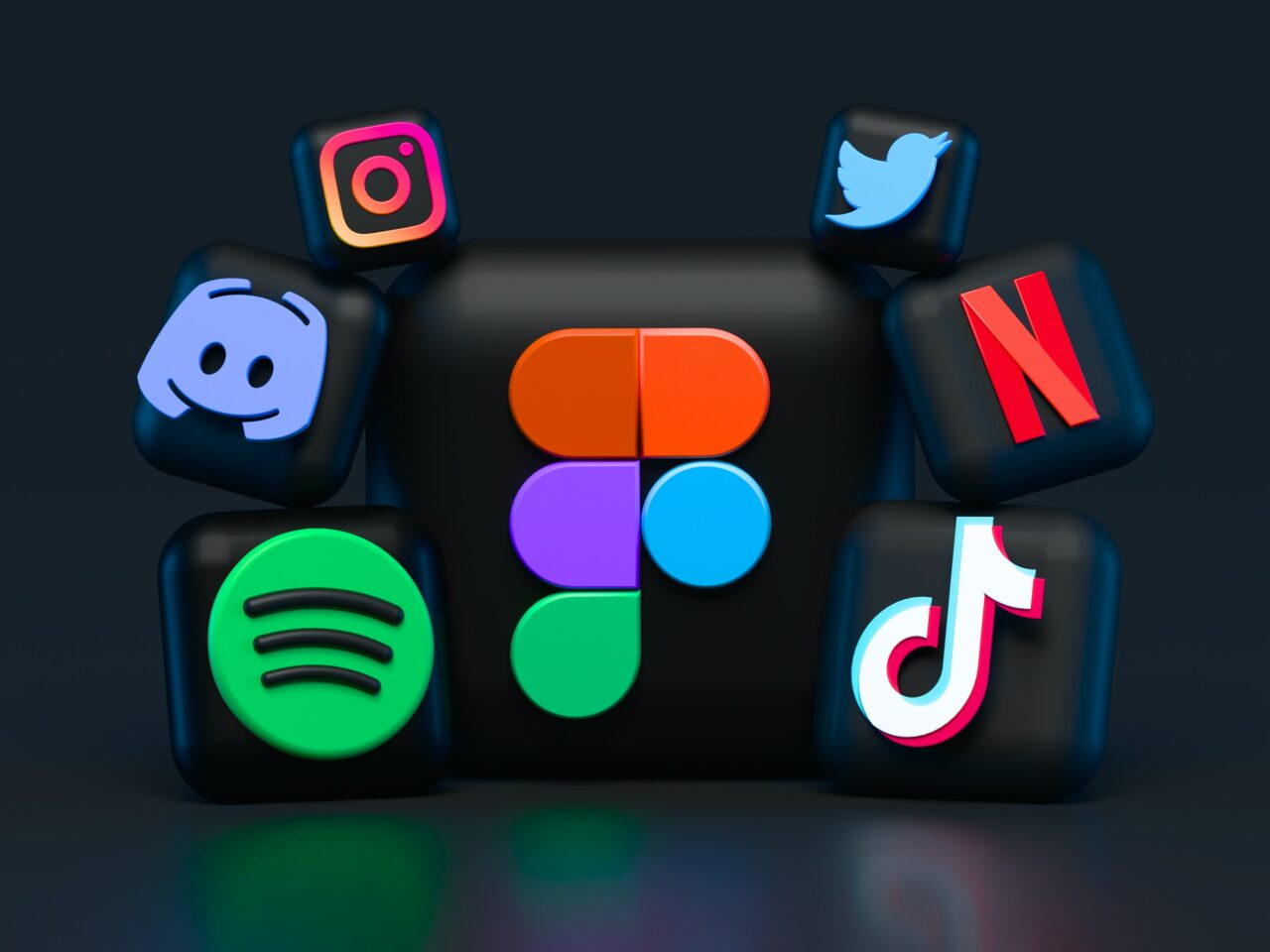Mobile app icons are visual representations of an app’s identity and serve as a gateway to the user experience. In this article, we delve into the principles and best practices for designing mobile app icons that are visually appealing, recognizable, and aligned with the app’s brand identity.
- Reflecting App Purpose and Functionality: Discuss the importance of designing app icons that accurately reflect the app’s purpose and functionality. Explain how icons should provide a visual cue or representation of what the app does or offers, ensuring clarity and instant recognition for users. Emphasize the need to strike a balance between simplicity and conveying the core essence of the app.
- Prioritizing Simplicity and Scalability: Highlight the significance of simplicity in app icon design. Discuss how icons should be visually clear, easily distinguishable, and scalable across different screen sizes. Explain the importance of avoiding clutter, excessive details, and overly complex illustrations that may hinder recognition when scaled down to smaller sizes.
- Consistency with Platform Guidelines: Explore the importance of adhering to platform-specific design guidelines when creating app icons. Discuss how each platform, such as iOS or Android, has its own set of icon design principles, sizes, and styles. Explain the benefits of following these guidelines to ensure a cohesive visual experience and seamless integration with the platform’s user interface.
- Use of Metaphors and Abstraction: Discuss the use of metaphors or abstract representations in app icon design. Explain how metaphoric icons can visually convey the app’s functionality by using familiar visual cues. Explore the use of abstract shapes, symbols, or simplified representations to create unique and visually appealing icons while maintaining recognizability.
- Consistent Branding and Identity: Highlight the importance of aligning app icons with the app’s overall branding and identity. Discuss the use of consistent color schemes, typography, and visual styles that reflect the app’s brand personality. Explain how consistent branding enhances user recognition and trust in the app.
- Attention to Detail and Pixel Precision: Discuss the significance of paying attention to detail and ensuring pixel precision in app icon design. Explain how clean lines, balanced proportions, and accurate rendering contribute to a polished and professional icon. Emphasize the importance of testing icons on various devices and screen resolutions to ensure optimal visual quality.
- Testing and Iteration: Explain the iterative nature of app icon design. Discuss the importance of testing icons with target users and gathering feedback to refine the design. Explore the use of A/B testing or focus groups to evaluate the visual impact and recognition of different icon variations. Encourage designers to iterate and refine the icon design based on user insights.
- Adapting to Dark Mode and Accessibility: Discuss the considerations for designing app icons that are compatible with dark mode and accessible to users with visual impairments. Explain how icons should be legible and distinguishable in different color schemes, including dark backgrounds. Highlight the importance of contrast, clarity, and appropriate color choices to ensure accessibility for all users.
- Scalable Vector Graphics (SVG) and Icon Libraries: Explore the benefits of using scalable vector graphics (SVG) for app icon design. Discuss how SVG files allow for easy scaling without loss of quality, making them ideal for various screen sizes and resolutions. Explain the advantages of leveraging icon libraries or resources that offer a wide range of pre-designed icons for consistency and efficiency.
Conclusion: Designing mobile app icons requires careful consideration of purpose, simplicity, brand identity, and adherence to platform guidelines. By following the principles and best practices outlined in this article, designers can create visually appealing and recognizable app icons that resonate with users, enhance the app’s brand presence, and contribute to a cohesive and engaging mobile app experience.



